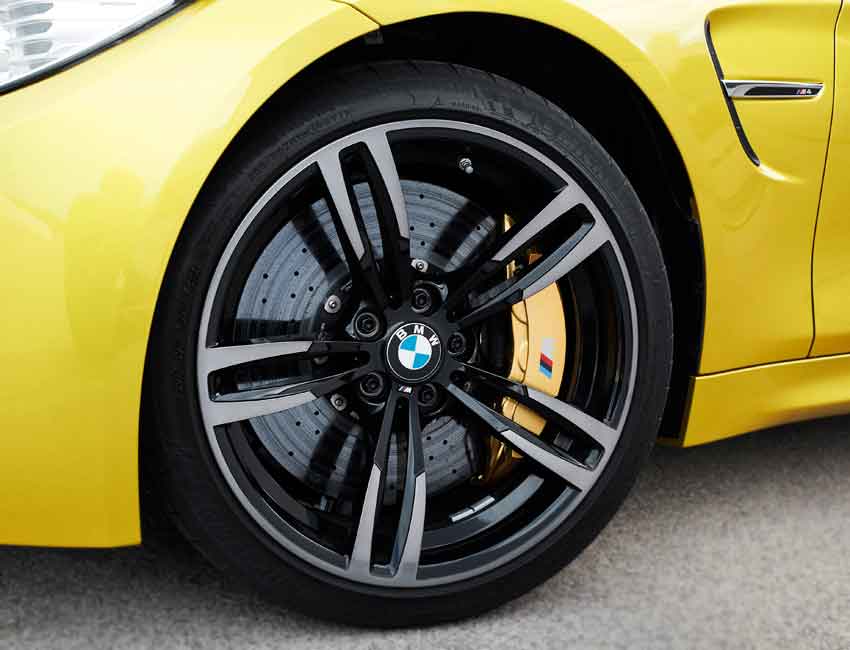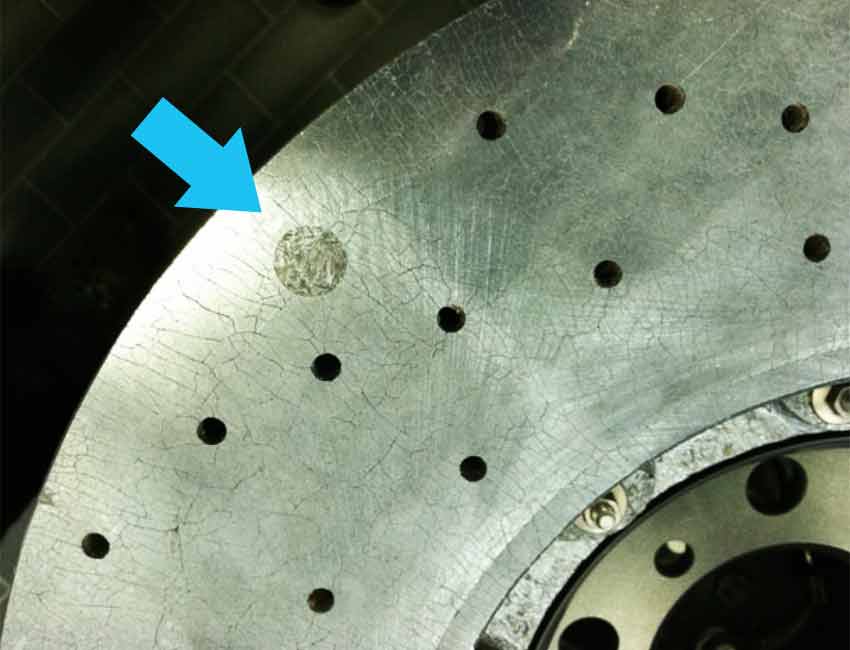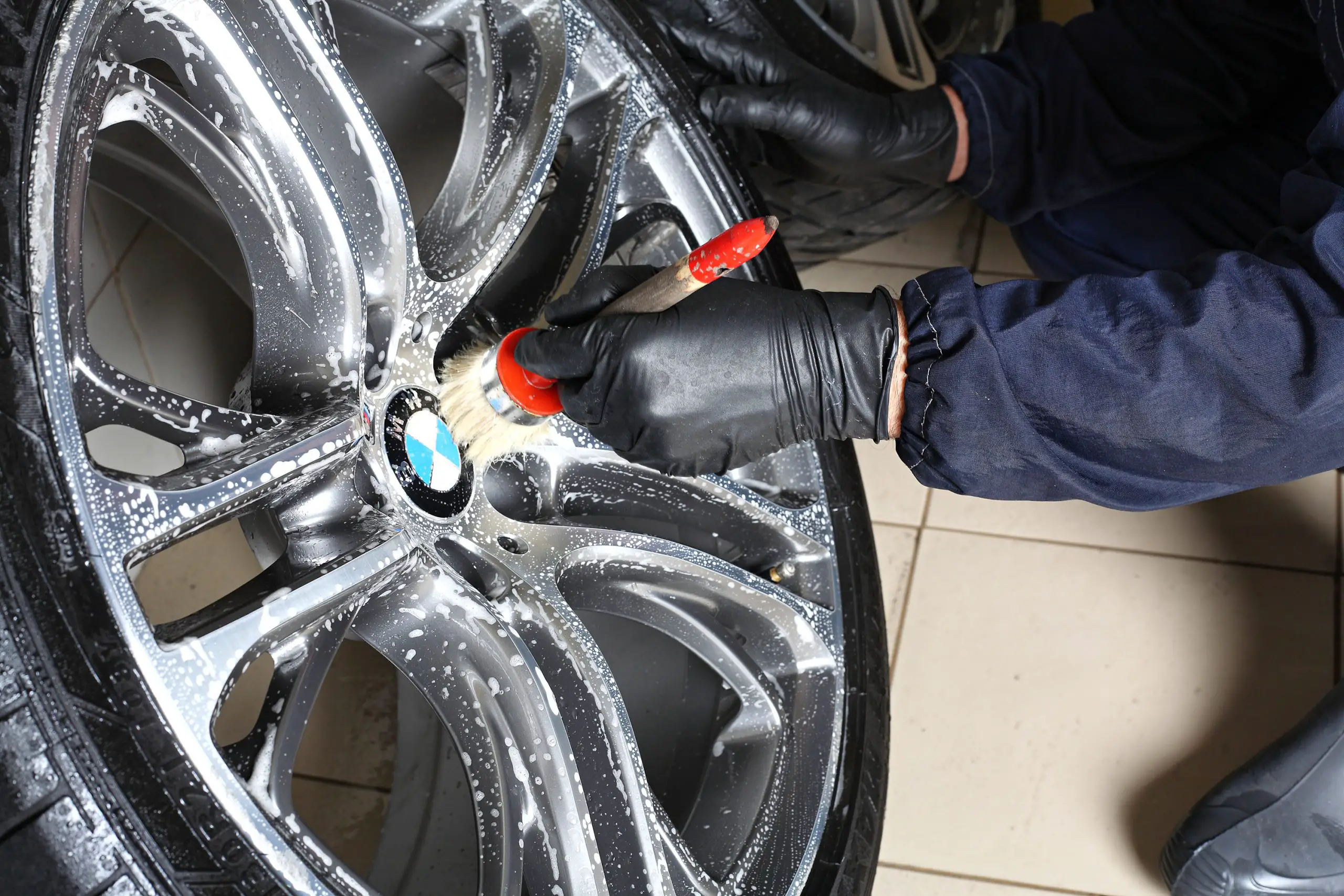Cost of the BMW M3 M Carbon Ceramic Brakes
The M Carbon Ceramic Brakes can be added as a Performance Option for the BMW M3 for an additional $8,150. The 19-inch M wheels (a $1,200 Performance Option) must be ordered in conjunction with the M Carbon Ceramic Brakes option when purchasing a new M3.
Advantages of the BMW M3 M Carbon Ceramic Brake
Comparing to the BMW M3 M Compound Brakes, the biggest advantage of the BMW M3 M Carbon Ceramic Brakes is their lightweight property which measures to be 12.5 kg (about 27 pounds) lighter than the compound brakes.
The BMW M3 M Carbon Ceramic Brakes offer more stability because the operational surface of the brake pads is significantly higher. The brake discs are made to fit on the 19-inch wheels instead of the standard 18-inch wheels on the M3.
Along with the deploying 6-piston caliper on the front axle, 4-piston fixed caliper brakes are also added to the rear axle.
Anti-corrosion Property of the BMW M3 M Carbon Ceramic Brakes
The BMW M3 M Carbon Ceramic Brake discs are not as susceptible to corrosion because rust films do not form on the friction ring constructed from grey-cast iron.
With conventional brake discs on a vehicle that has not been driven for an extended period and has low mileage, corrosion can take place. This is because the minimum load level required to start a disc brake’s self-cleaning mechanism cannot be reached.
BMW M3 M Carbon Ceramic Brake Pad Wear and Tear
With silicon carbide friction coating on the BMW M3 M Carbon Ceramic Brake pads, the brake pads will wear out very slowly under normal (ideal) driving.
After driving about 1,000 km (approx. 621 miles) the brake discs and pads can achieve a favorable wear and contact pattern.
BMW M3 M Carbon Ceramic Disc Wear Indicators
There are three wear indicators to detect the level of wear on the carbon ceramic brake discs.
The three wear indicators appear as dark circular spots applied to the discs. Each indicator is set apart at the angle of 120 degrees per friction coating. When these indicators are subjected to high levels of oxidative wear, the wear indicator marks will be exposed.
If the brake disc weight less than the minimum permitted weight of 7258 g (about 16 lbs), then the disc must be replaced.
BMW M3 M Carbon Ceramic Brakes on the Race Track
On the race track, the brake discs may be subject to oxidative wear when the discs are repeatedly heated to temperatures of 600 degrees and over due to hard braking effects. As a result, the fibers within the brake discs can burn and will up become lighter, not thinner.
Why are the BMW M3 M Carbon Ceramic Brakes Expensive
The production process of the Carbon Ceramic Brakes involves siliconizing the friction ring for 24 hours at 1,300 degrees. Then the carbon fiber-reinforced silicon carbide brake disc has a construction and development time of several weeks.
The production time spent and constructional materials needed are the leading causes which drove the M3 Carbon Ceramic Brakes retail price up to $8,150. However, the price is justifiable as these brakes can endure much higher levels of wear and tear compared to the conventional brakes.
Cleaning the BMW M3 M Carbon Ceramic Brakes
When taking the M3 to a car wash, it is important to clean both brake discs and calipers with a steam jet or high-pressure cleaner. This prevents the formation of encrustations or deposits of salt crystals when the car is parked after cleaning.
If rim cleaner is used, be sure it is only applied to the wheel rims and does not touch the brake discs or the caliper.
Wet BMW M3 M Carbon Ceramic Brakes
When driving in the rain or right after a car wash, the brake discs and pads will experience a drop in their friction coefficient. The braking effect may be equivalent to that of a conventional brake system.
This can be compensated by applying more pressure on the brakes until the pads and discs have dried out completely. At times, wet brakes can cause an audible operational noise when the car brakes towards a stop.

